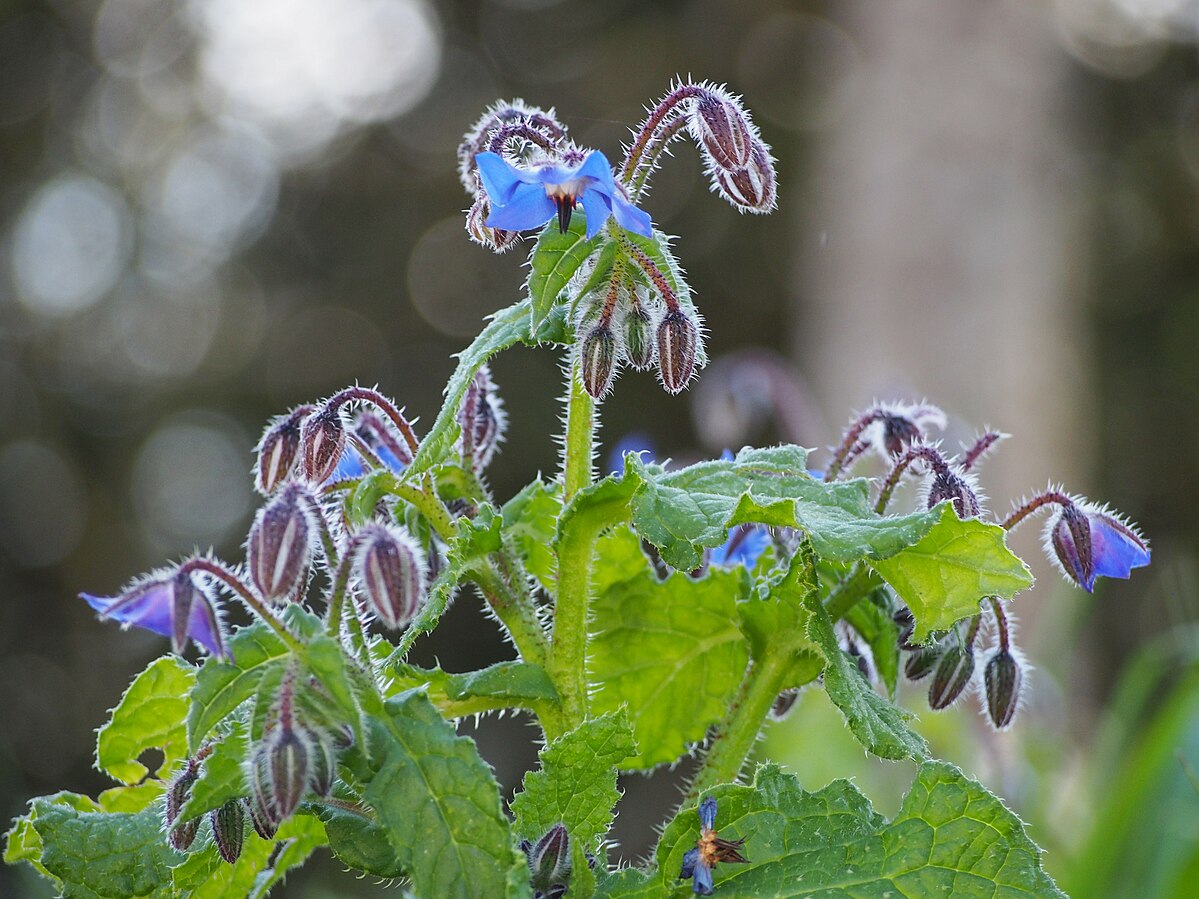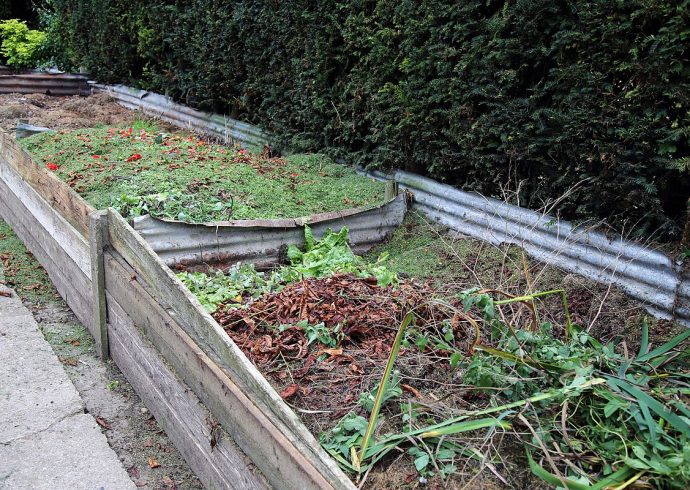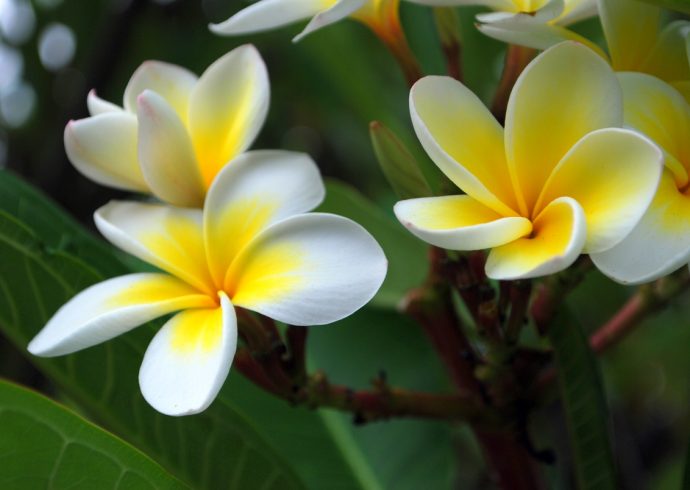
If you want a flower garden that is beautiful, easy to maintain, and edible, this article will show you how to plant such a garden. While some of the flowers listed below are wild and most likely do not need to be transplanted, some of them can be moved to the area that you want the plant to grow in. If you already have your garden area marked out, below is a list of my favorite edible flowers for your garden:
Wild Violets. These beautiful perennials bloom in the spring through the summer and have flowers that come in white, violet, and blue. If you have them growing at random in your yard, they can easily be transplanted after the last frost in your region. Violets grow well in both full sun and partial shade. You can also buy these plants at the nursery or buy them as seeds. Sow the seeds once the ground is completely thawed out and cover with 1/8” soil then water thoroughly. These flowers can be used in salads: both the leaves and flowers, and the flowers can be candied for use as cake and cookie decorations.
Nasturtiums. These hardy flowers come in orange, red, yellow, and pale yellow. They are very easy to grow from seed and will tolerate slightly clay soil. Water them three times a week as they germinate. Like wild violets, both the leaves and flowers are edible and can be used in salads. More ideas for nasturtium use in recipes are at the following link: http://www.sallys-place.com/food/columns/gilbert/nasturtiums.htm
Wild strawberries are always a delight to have in a garden, if you can get to the berries before the birds do. These can also be purchased as young plants from your local nursery. Strawberries are loaded with vitamin C and the leaves can be eaten raw in a salad, or dried and used in making tea. Fertilizing the young plants will produce bigger berries.
Lilacs have long been known for their delightful fragrance when the bushes bloom in the summer months. We always had lilacs in our backyard on the east coast and every year, the bush grew bigger with more flowers. Lilacs can be used for flavoring any kind of dish. Lilac bushes can be purchased at your nursery and will start blooming the following year. These bushes can grow up to 30 feet in height so if you plan on using them in your meals, make sure yours is accessible by a small ladder, if necessary.
Dandelions. Considered by many to be an obnoxious weed that never seems to go away, especially with the way the seeds can be transported by the wind then land and grow wherever the seed lands. The good news is, dandelions are not only edible but very rich in nutrients. The leaves themselves contain vitamins A, B, D, iron, calcium, fiber, protein, copper, cobalt, and several other elements vital to the healthy function of the body. Keep the dandelions you have, wherever they may be, pick the young leaves, which can be eaten raw or cooked. While the greens are bitter, try a dressing that is slightly sweet, such as a raspberry vinaigrette. Dandelion roots can be dug up, washed, dried, and pounded to grains and made into coffee. Dandelion wine is also popular in some parts of the country. Once you are armed with this knowledge of a common weed, you’ll never be able to look the same way at a dandelion again.
Rose blossoms are also edible and can be used in making jam, flavored water, sherbets, and more. The following link provides several recipes using rose blossoms: http://www.amityheritageroses.com/Edible.html
Alliums, or flowering onions, have spiked petals making up the blossom of the plant. Alliums include leeks, chives, and garlic. The flower part as well as the onion part is edible and can be used in cooking soups and stews.
Borage flowers are dainty, blue, and star shaped. The leaves taste similar to cucumbers. These flowers prefer full sun and can reach up to 18” in height. Borage is best grown from young plants. Set each plant 8” apart in the ground. This plant contains potassium and can be used to relieve stress and promote hormonal balance in the body. The borage flowers can be used as a natural sweetener like honey in foods.
Marigolds are edible too, even though many are quite bitter to taste. The external petals of the marigold are used in culinary use, and they can be used to make jams. Marigolds are related to tarragon, the popular herb. Use a few marigold petals as a flavor in cooking soups and stews. There are many varieties of marigolds you can plant in your garden, and all of them are edible. Best of all, marigolds are a natural repellent due to the flower’s scent, so you can use this instead of pesticides to keep insects away from your garden. Plant marigolds at regular intervals in your garden to act as the repellent.
Tulips have long been a favorite of deer and they can be your favorite, too. The blossoms have a very mild taste but can be dressed up with any natural seasoning like lemon juice and pepper. The bulbs themselves can also be used in cooking and are more mild than regular onions. Plant the bulbs as you do each spring, let them blossom, then give one of the colorful flowers a try in a salad.
When you go to your garden to pick flowers or leaves make sure there are no holes in the leaves due to insects. Wash everything thoroughly before using in salads or cooking. Avoid using pesticides in your edible garden for safety reasons. Even if you are not used to eating flowers, you can still use them in recipes to give to friends, or at bake sales. Real flowers on cakes or cookies can be a unique treat for the buyer.
Enjoy your new edible flower garden!
Image Credit: Agnieszka Kwiecień, Nova, CC BY-SA 4.0, via Wikimedia Commons.


